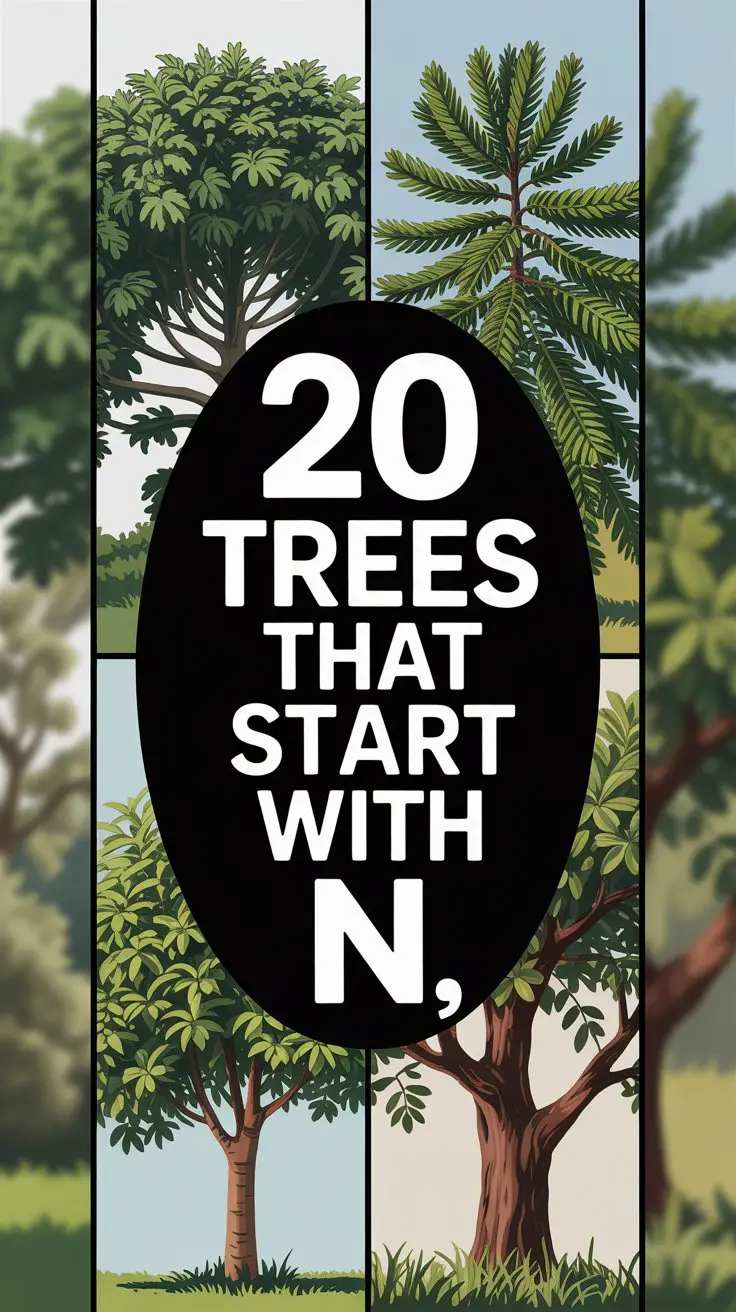Discover 20 trees that start with the letter N, complete with scientific names, descriptions, and fun facts. Perfect for gardeners and nature lovers in the USA!
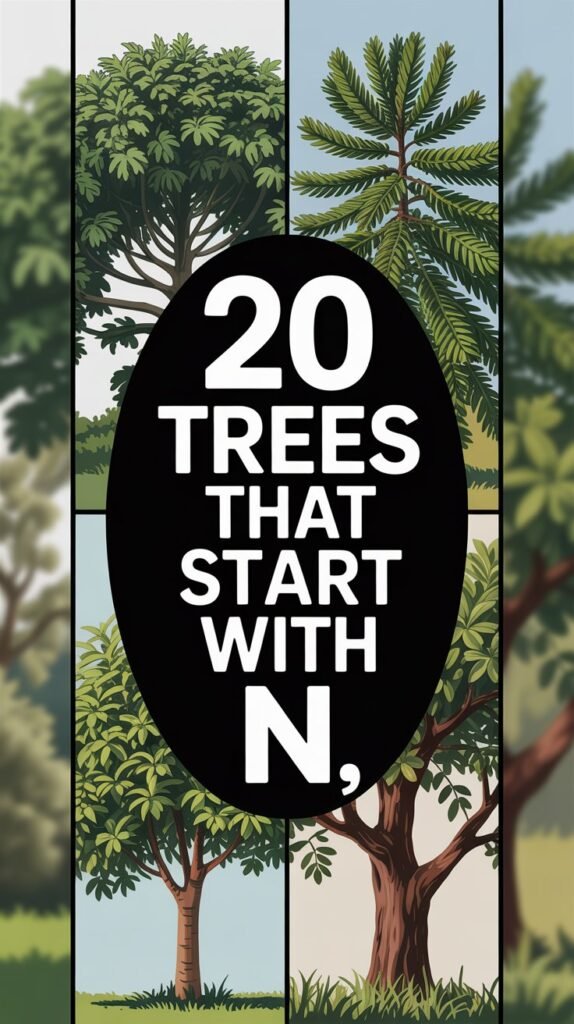
Hi there, gardening friends! I’m Ashley Scott, and I’ve been digging into the world of plants for over 10 years. Today, I’m thrilled to share a list of 20 trees that start with N—a collection that’s perfect whether you’re a curious nature lover or looking to spruce up your yard. Trees bring beauty, shade, and life to our spaces, and exploring ones that begin with “N” is a fun way to learn more about nature. From fruit trees to evergreens, I’ve got you covered with details and a few personal stories to make it relatable. So, let’s get started!
Why Explore Trees That Start With N?
You might wonder, “Why focus on trees that start with the letter N?” Well, it’s a great way to discover new species, spark inspiration for your garden, or even help with a school project. Plus, these trees are common across the USA, making them relevant and easy to find. Ready to meet them? Here’s my list of 20 trees beginning with N!
20 Trees That Start With N
1. Nannyberry (Viburnum lentago)
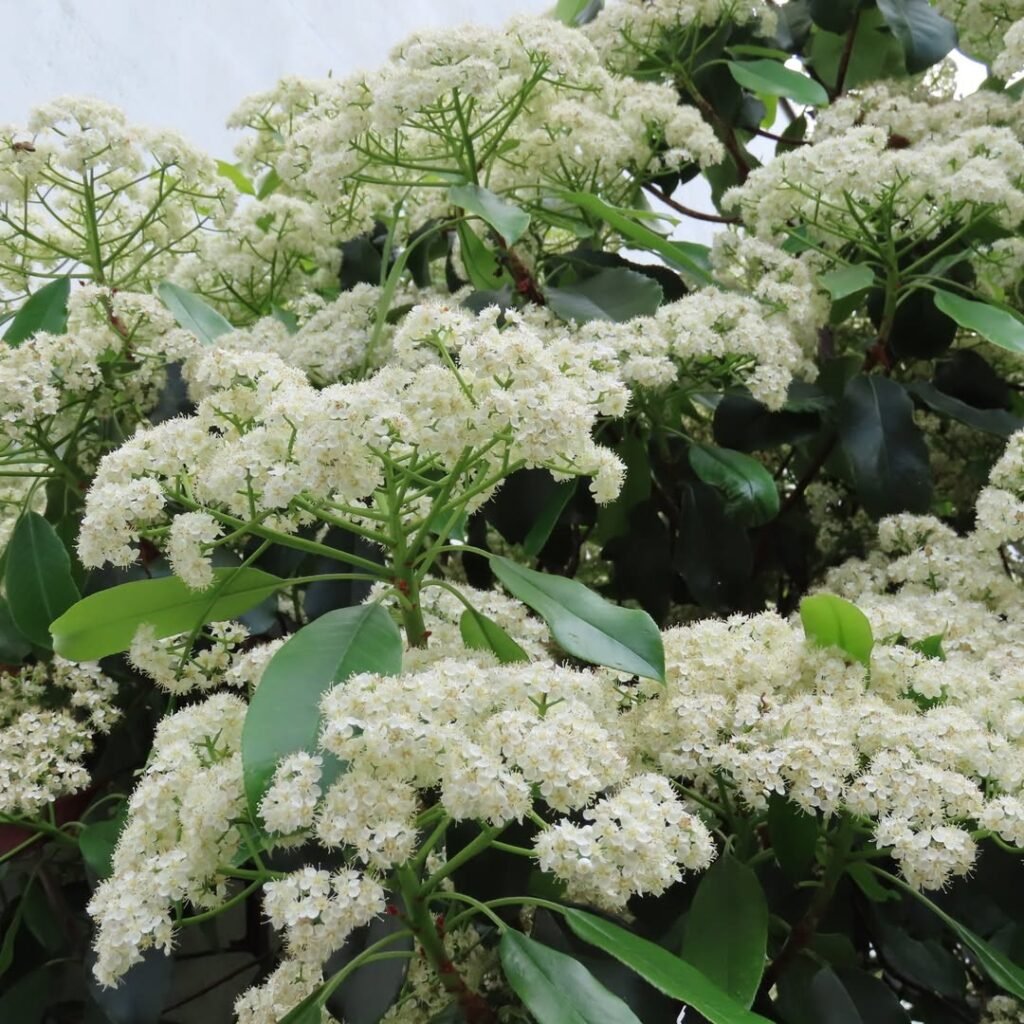
This small tree or big shrub is a North American gem with white spring flowers and dark blue fall berries. Birds adore it, and humans can eat the berries too!
Where It Grows: Full sun to partial shade, moist to dry soil (USDA zones 2-8).
What It’s Used For: Looks great in yards; berries feed wildlife and people.
Fun Fact: You can turn the berries into tasty jam!
I planted a Nannyberry once, and seeing birds flock to it every fall warms my heart. Want to grow one? Check out this USDA Forest Service guide.
2. Nectarine Tree (Prunus persica var. nectarina)
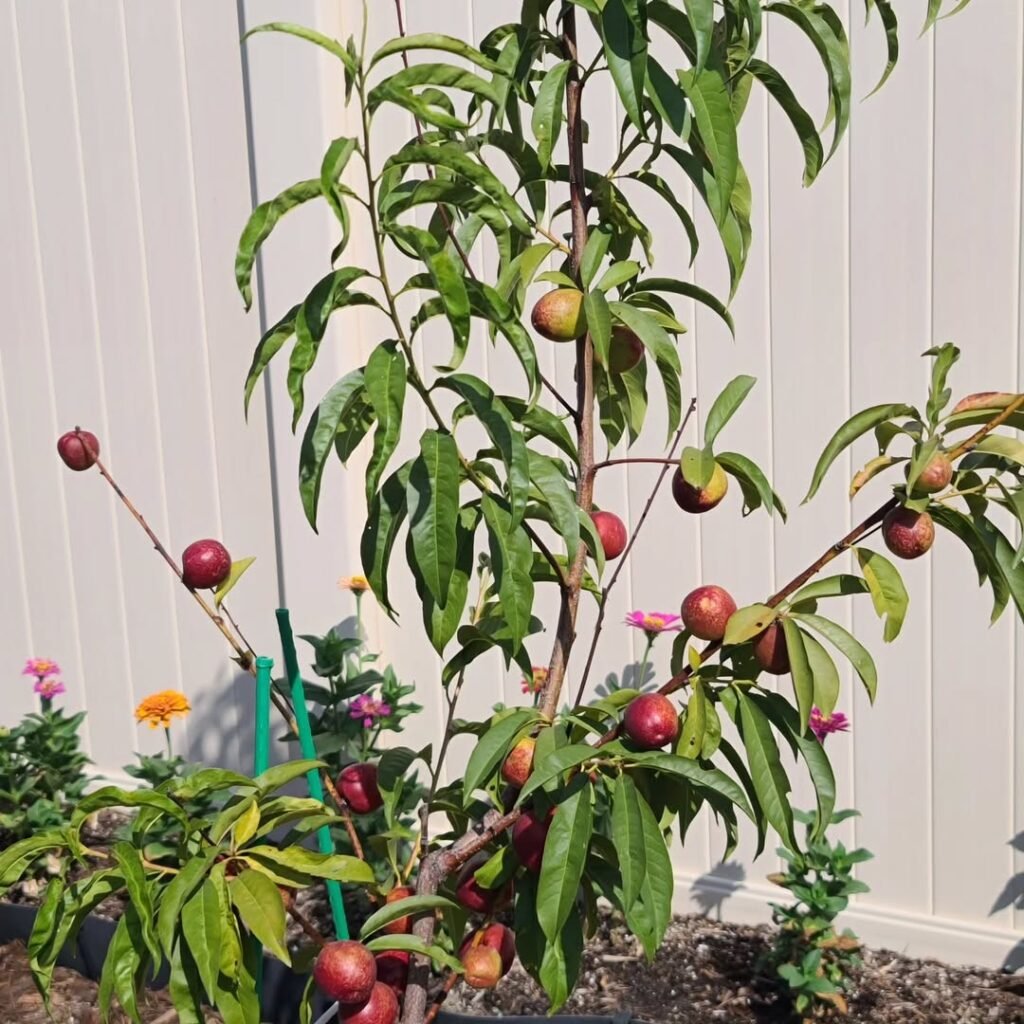
This peach cousin grows smooth, juicy fruit and loves sunny days. It’s deciduous and thrives in warm spots.
Where It Grows: Full sun, well-drained soil (USDA zones 5-8).
What It’s Used For: Yummy fruit; pretty in gardens.
Fun Fact: Nectarines are just peaches without the fuzz!
I grew one in my yard, and the first bite of fresh nectarine was pure summer joy. Learn more from this University of California guide.
3. Needle Palm (Rhapidophyllum hystrix)

A tough southeastern palm with spiky spines and fan-like leaves, this tree brings a tropical feel anywhere.
Where It Grows: Partial shade, moist soil (USDA zones 6-10).
What It’s Used For: Adds flair to landscapes.
Fun Fact: It can handle cold down to -10°F!
I added one to my garden, and it’s survived every winter like a champ. Curious? See this University of Florida guide.
4. Nettle Tree (Celtis occidentalis)

Also called Hackberry, this fast-grower spreads a wide canopy and adapts anywhere. You’ll spot it in cities often.
Where It Grows: Full sun to partial shade, most soils (USDA zones 2-9).
What It’s Used For: Shade; feeds wildlife.
Fun Fact: Birds love its tiny fruits—I’ve tried them too!
I’ve rested under one during a hike, and it felt like nature’s umbrella. Check out more at the Arbor Day Foundation.
5. New Mexico Locust (Robinia neomexicana)

This southwestern beauty has pink-to-purple flowers and toughens up in dry climates.
Where It Grows: Full sun, well-drained soil (USDA zones 4-8).
What It’s Used For: Pretty yards; stops erosion.
Fun Fact: Bees and butterflies can’t resist its blooms.
I saw one on a trip, and its colors were unforgettable. Learn more from this USDA Forest Service page.
6. Noble Fir (Abies procera)

A Pacific Northwest evergreen, this giant hits 200 feet with blue-green needles—perfect for Christmas!
Where It Grows: Full sun, moist soil (USDA zones 5-6).
What It’s Used For: Holiday trees; wood for building.
Fun Fact: It’s one of the tallest firs out there!
Decorating one always kicks off my holiday spirit. Get tips from this Oregon State University guide.
7. Northern Catalpa (Catalpa speciosa)

With heart-shaped leaves and white flowers, this tree is a shade superstar that grows fast.
Where It Grows: Full sun, moist soil (USDA zones 4-8).
What It’s Used For: Shade; looks stunning in parks.
Fun Fact: Its seed pods look like cigars!
I’ve napped under one, and it’s pure summer magic. More details at this Missouri Botanical Garden page.
8. Northern Red Oak (Quercus rubra)

This beauty has lobed leaves that blaze red in fall. It’s a North American classic.
Where It Grows: Full sun, well-drained soil (USDA zones 3-8).
What It’s Used For: Wood for furniture; shade.
Fun Fact: It’s New Jersey’s state tree!
Its fall colors always stop me in my tracks. Check out this University of Minnesota guide.
9. Norway Maple (Acer platanoides)

A dense shade tree with yellow fall leaves, this one’s a stunner—just watch out, it can spread fast.
Where It Grows: Full sun to partial shade, any soil (USDA zones 3-7).
What It’s Used For: Shade; yard decor.
Fun Fact: You can tap it for syrup like a sugar maple!
I’ve watched it turn streets golden—gorgeous! Learn more at this Cornell University page.
10. Norway Spruce (Picea abies)

This evergreen has droopy branches and dark needles—a holiday and landscaping fave.
Where It Grows: Full sun, well-drained soil (USDA zones 2-7).
What It’s Used For: Christmas trees; windbreaks.
Fun Fact: It’s the world’s most common spruce!
I’ve trimmed one for Christmas, and it’s a tradition now. More at this USDA Forest Service guide.
11. Nuttall Oak (Quercus texana)
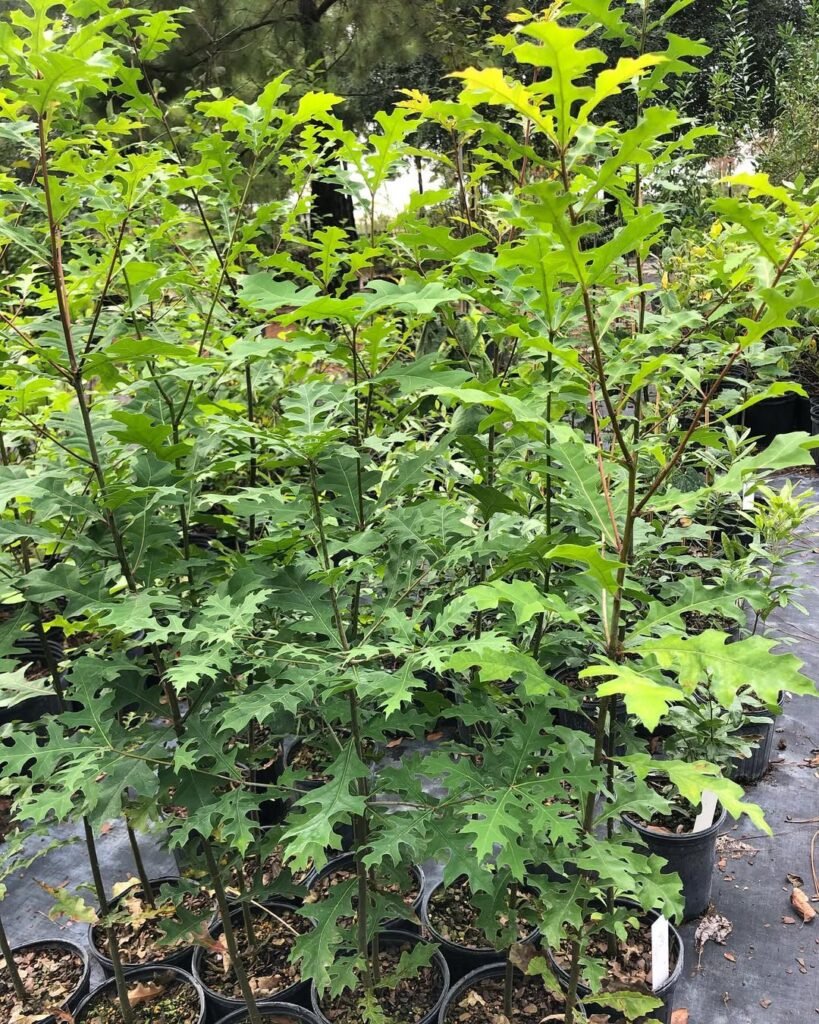
A southeastern oak that loves wet spots, this tree grows strong and steady.
Where It Grows: Full sun, moist to wet soil (USDA zones 6-9).
What It’s Used For: Shade; wood; wildlife homes.
Fun Fact: It’s flood-tolerant unlike most oaks!
I’ve seen it thrive near a creek—super resilient. More at this Louisiana State University guide.
12. Nutmeg Hickory (Carya myristiciformis)

A rare southeastern tree with edible nuts and unique bark, it’s a hidden gem.
Where It Grows: Full sun, well-drained soil (USDA zones 6-9).
What It’s Used For: Nuts; wood; yard charm.
Fun Fact: Its nuts taste like nutmeg—yum!
Finding one feels like a treasure hunt. Check this USDA Forest Service page.
13. Northern White Cedar (Thuja occidentalis)

Called Arborvitae, this evergreen is perfect for hedges with rot-resistant, scented wood.
Where It Grows: Full sun to partial shade, moist soil (USDA zones 2-7).
What It’s Used For: Hedges; wood projects.
Fun Fact: Its name means “tree of life”!
I’ve used it as a natural fence—love the smell! See this University of Florida guide.
14. Narrowleaf Cottonwood (Populus angustifolia)

This western river tree has narrow leaves and fluffy seeds—it’s a fast-growing beauty.
Where It Grows: Full sun, moist soil (USDA zones 3-9).
What It’s Used For: Shade; stops erosion.
Fun Fact: Its leaves make a cool rustling sound!
I’ve camped near one, and the sound was so calming. More at this Colorado State University guide.
15. Nashi Pear (Pyrus pyrifolia)
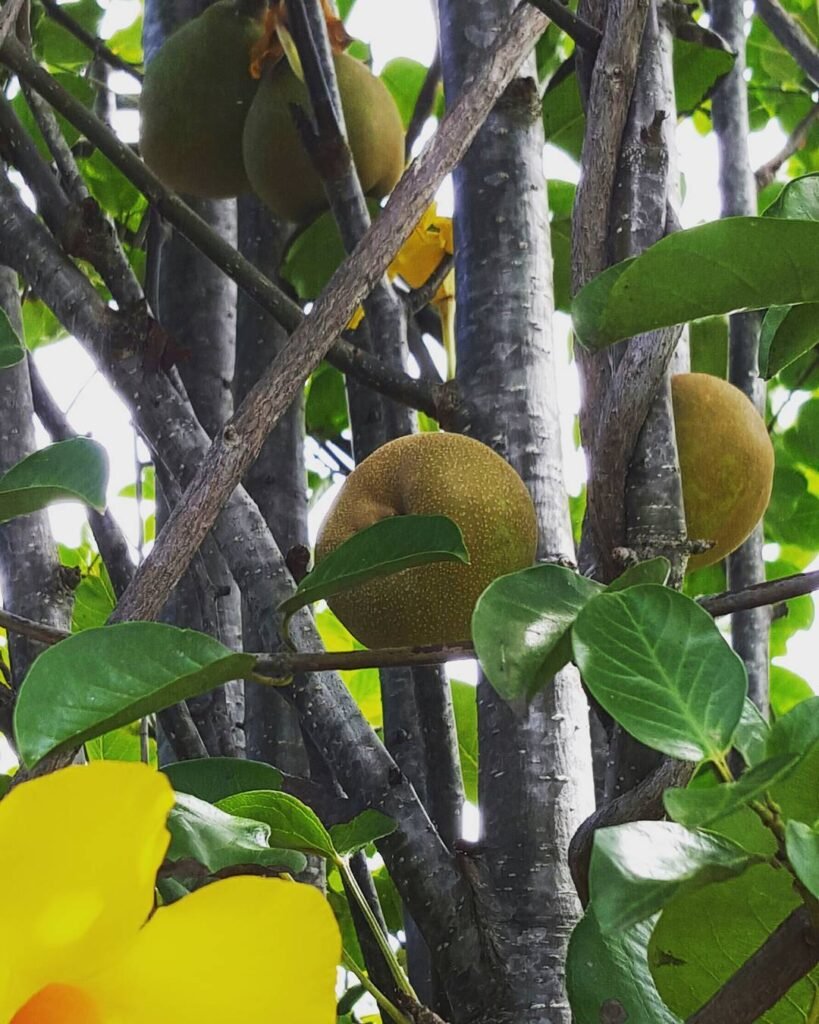
Known as Asian Pear, this tree grows crisp fruit that’s easy to love.
Where It Grows: Full sun, well-drained soil (USDA zones 5-9).
What It’s Used For: Fruit; garden appeal.
Fun Fact: Great in salads or eaten fresh!
My family devoured the pears I grew—so good! Tips at this University of California guide.
16. Navel Orange Tree (Citrus sinensis)
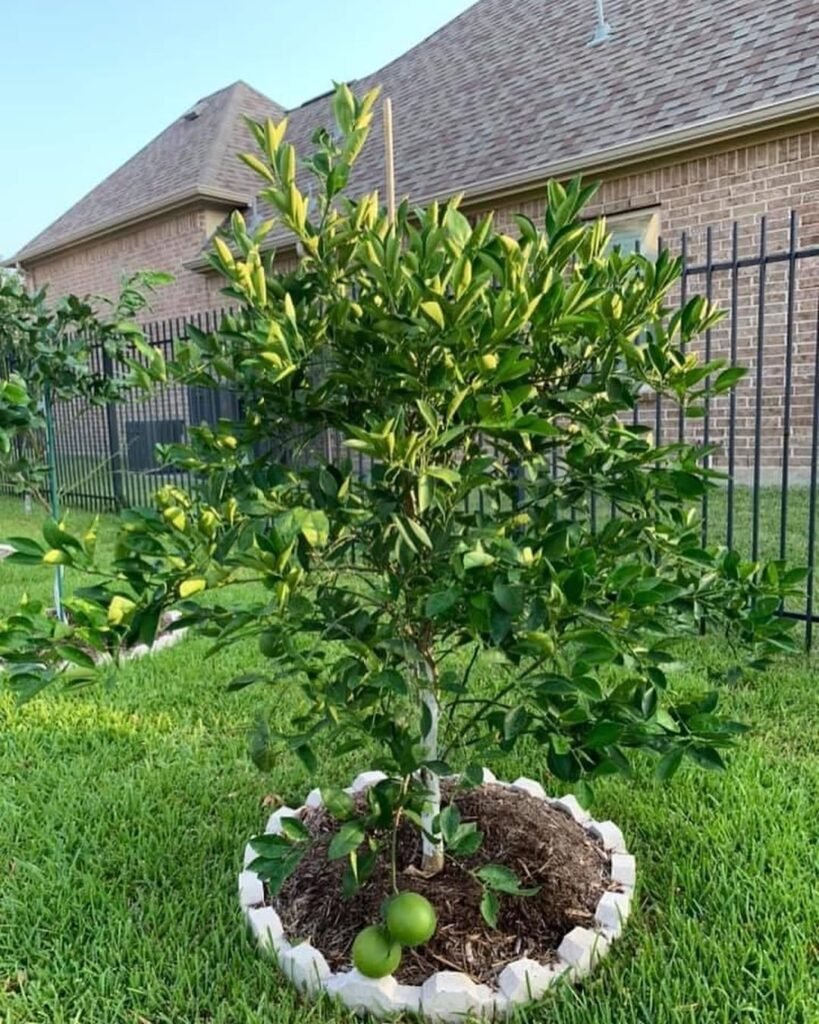
This citrus star gives sweet, seedless oranges in warm climates.
Where It Grows: Full sun, well-drained soil (USDA zones 9-11).
What It’s Used For: Fruit; yard beauty.
Fun Fact: The “navel” is a tiny second fruit!
Fresh oranges from my tree? Yes, please! More at this University of Florida guide.
17. Netleaf Hackberry (Celtis reticulata)

A drought-tough tree with net-like leaves, it feeds wildlife with sweet fruits.
Where It Grows: Full sun, well-drained soil (USDA zones 5-9).
What It’s Used For: Shade; wildlife food.
Fun Fact: Birds go crazy for its berries!
I’ve watched birds feast on one—nature in action. See this Arizona State University guide.
18. Nut Pine (Pinus edulis)

Also Pinyon Pine, this slow-grower from the Southwest has tasty pine nuts.
Where It Grows: Full sun, well-drained soil (USDA zones 5-8).
What It’s Used For: Nuts; wildlife; decor.
Fun Fact: It can live over 1,000 years!
I’ve roasted its nuts—so worth it. More at this USDA Forest Service guide.
19. Nikko Fir (-Abies homolepis)

A Japanese evergreen with a neat shape, it’s grown here for its polished look.
Where It Grows: Full sun to partial shade, well-drained soil (USDA zones 4-7).
What It’s Used For: Yard style; wood.
Fun Fact: It fights off fir diseases well!
It’s like a perfect green cone in my yard. Details at this Missouri Botanical Garden page.
20. Northern Pin Oak (Quercus ellipsoidalis)

This oak’s lobed leaves turn red in fall, and it’s great for cities or yards.
Where It Grows: Full sun, well-drained soil (USDA zones 4-7).
What It’s Used For: Shade; wood; beauty.
Fun Fact: Squirrels and deer love its acorns!
Its fall show always impresses me. More at this University of Minnesota guide.
Conclusion
Wow, what a journey through trees that start with N! From the fruity Nectarine Tree to the towering Noble Fir, these types of trees that start with N offer something for everyone. I hope this list sparks your curiosity or inspires you to plant one. Gardening’s all about connecting with nature, and these trees are a great place to start.
Want more? Check out my articles on fruit trees or evergreen trees over at USA Garden Hub. And if you’re hooked, explore trees that start with T next!

